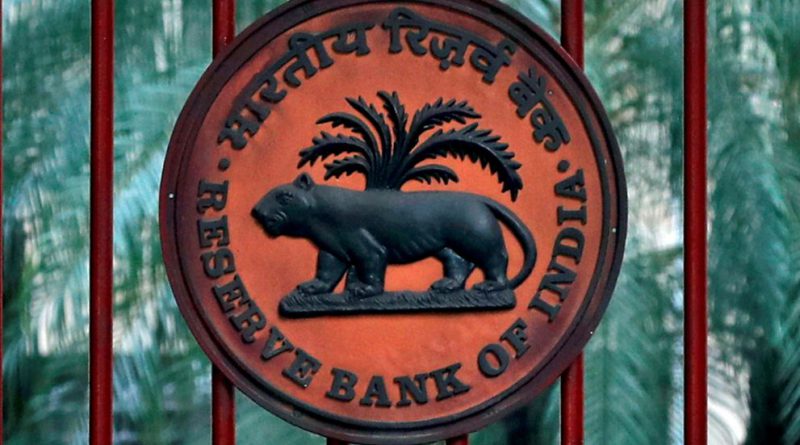India central bank eyes one million digital currency transactions daily by year-end, deputy governor says
(Reuters) – The Reserve Bank of India is targeting one million transactions per day through the central bank digital currency (CBDC) by the end of this year, a top Reserve Bank of India (RBI) official said on Tuesday.
The RBI has devised the e-rupee as a digital alternative to physical cash – using blockchain distributed-ledger technology.
There are 1.3 million customers and 0.3 million merchants, who are using CBDC as of June 2023, RBI Deputy Governor T Rabi Sankar said in a speech.
The central bank wants to introduce CBDC not just as a payment instrument, but as digital money and there has to be a separate strategy to get customers to use CBDC, Sankar added.
“We will have to ensure how anonymity of transactions under CBDC is maintained,” he said, adding that the CBDC’s biggest advantage will come from cross-border transactions.
The RBI had last year begun experiments on both the wholesale and retail versions of e-rupee using the blockchain distributed-ledger technology, as an alternative to cash.
Bankers had raised concerns about the project saying that in its current form, they did not see any benefits of CBDCs which was similar to internet-based banking transactions and saw Unified Payments Interface (UPI) as a tough competitor for the retail use of e-rupee.
UPI lets users transfer money between banks without disclosing account details.
However, Sankar said the central bank was not thinking of incentivising CBDC, adding that the digital currency was not competing with UPI.



